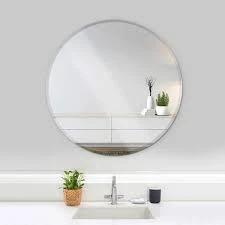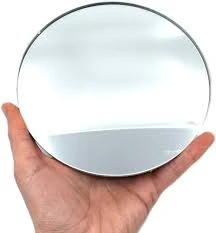Single glazed low-E glass, a marvel in the realm of architectural and construction advancements, has paved its way into numerous homes and commercial establishments, championing energy efficiency without compromising on aesthetic appeal. Understanding the intrinsic value of this type of glass requires delving into its composition, benefits, and practical applications, aspects that appeal to seasoned professionals and the everyday consumer alike.

Designed primarily to reduce energy consumption, single glazed low-E (low emissivity) glass features a microscopically thin, transparent coating that reflects heat. This coating is imperceptible to the eye, ensuring transparency and clarity, which is often sought after in design-conscious projects. The fundamental principle behind low-E glass is its ability to minimize the amount of infrared and ultraviolet light that passes through, without obstructing the visible light.
In the arena of energy efficiency,
single glazed low-E glass provides a cost-effective solution. While double or triple glazing options are preferred for maximum insulation, the single glazed variant holds a significant niche in markets where budget constraints and retrofitting existing structures are priorities. The low-E coating reflects interior heat back inside during colder months and blocks out exterior heat in warmer months, reducing reliance on heating and cooling systems. This property not only translates to substantial energy savings but also contributes to lowering the carbon footprint – a vital consideration in today’s environmentally conscious lifestyle.

Prospective buyers often cite concerns such as the initial cost and performance in extreme climates. However, the long-term savings on energy bills usually offset the cost, rendering it a viable investment. Moreover, advancements in coating technologies are continually improving performance metrics, making single glazed low-E glass suitable for a variety of climates and building styles.
Another key benefit is its role in improving indoor comfort. By managing solar radiation effectively, it reduces the issue of hotspots near windows and maintains a more consistent internal temperature. For residential and commercial spaces that value natural light, this type of glass can aid in creating a brighter, more inviting environment while simultaneously safeguarding interiors from UV-induced fading.
single glazed low e glass
From an architectural and design perspective, single glazed low-E products are versatile. They integrate seamlessly into existing fenestrations, thereby offering a contemporary solution to age-old design dilemmas. Architects and designers appreciate its ability to enhance the building envelope’s performance without undermining aesthetic qualities. This is particularly notable in restoration projects where maintaining historical authenticity is paramount.
The authority of single glazed low-E glass is backed by a myriad of certifications and standards that benchmark its performance. Reputable manufacturers adhere to stringent testing protocols ensuring that their products meet industry labels such as ENERGY STAR, and others recognized globally. These endorsements not only affirm the glass’s efficacy but also guide consumers in making informed purchasing decisions.
On a trustworthiness scale, customer testimonials and case studies serve as valuable resources. Reports of reduced energy costs and improved living conditions are common, adding a human element to the technical jargon. Platforms facilitating customer feedback further bridge the gap between manufacturers and end-users, ensuring transparency and continued improvement.
In conclusion, single glazed low-E glass is not merely a construction material but a testament to the evolving needs of modern construction. As sustainability takes center stage in global discussions, products like these empower consumers and industries alike, driving forward the mission of energy efficiency with integrity and innovation. For stakeholders at every level, from architects to homeowners, investing in this glass means investing in the future – where technology harmonizes with ecology to create spaces that are not only functional but also fundamentally responsible.



